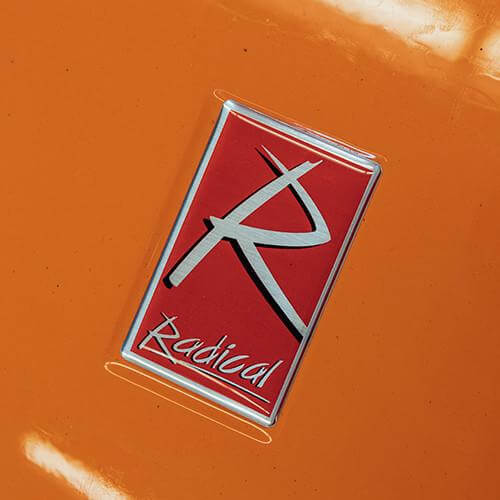A racecar that isn’t properly maintained is a car that could fail on the track in performance or overall functionality. To win, a driver needs a car that is in winning condition. This means that those helping maintain the car need to know what needs to be done and at what frequency. Moreover, car maintenance isn’t about just maintaining the condition of the car but also improving and fixing it.
Create a Solid Maintenance Program
To make sure the car remains in the best possible condition, it’s important to institute and execute a solid racecar maintenance plan. You have to keep in mind that winning is about more than a skilled driver; a wide range of factors affect performance. Maintenance is one of those. The best driver in the world isn’t going to win with a poorly maintained car.
This process is going to start with a checklist of tasks that are important for making sure that the car is ready to go in the next race. The following are some of the most common items that belong on that checklist, regardless of the type of car.
- Brakes
You have to ensure the brakes are in great condition. This should be done prior to every race so any issues with the brakes can be rectified. Racing is tough on the brakes, so you can’t necessarily check them every five races or so. You need to check them every time for the sake of safety. If you don’t check them, you risk an accident due to brake failure.
You also want to bleed the brakes annually. Sometimes, it may be necessary to bleed them twice. You almost always want to do it at the end of the racing season. This maximizes performance and minimizes failure.
It isn’t unusual for a racecar to go through several sets of brakes in a year. The brakes may also need to be changed to accommodate driver style, changing track conditions, and setups. As you can see, the racecar brake replacement frequency depends on several factors. Other than this, you will maintain your brakes at the end of the year and use it as an opportunity to see how the braking system can be made better.
- Oil
The oil must also be changed and the filter replaced. A racecar oil change isn’t the same as a street car oil change. When the oil is changed in a racecar, the oil filter is cut open to make sure there is no metal inside. If metal is present, it means there is a problem somewhere.
Gaskets need to be checked for leakage. A leaky gasket could lead to a major issue, so any leaks must be rectified when found. The oil will be changed every time the car is raced. A lighter oil tends to be put in the car during practice runs, but a heavier oil is put in the car when it’s time to race. This process can be completed twice in a single race weekend.
- Fuel System
The fuel system must be completely serviced. This means servicing the tank, injectors, and lines. The nozzles are also removed and cleaned, and the fuel filters must be cleaned and replaced. An inspection of the fuel line will reveal any issues, and it should be cleaned in the process. All valves must be adjusted.
The spark plugs are also checked. If there are any issues, they need to be replaced. Racecar fuel system maintenance can be carried out at the end of the year.
- Chassis
All of the torsion bars must be removed and cleaned, so the chassis can be inspected. After inspection, the torsion bars have to be regreased and reinstalled. The shocks can then be inspected for leaks or damage, and the cables the driver uses to adjust the shocks while behind the wheel are cleaned and lubricated. The shock adjusters and torsion bars must be returned to their baseline settings and not the settings that were created on the last day the car was raced.
Racecar chassis maintenance should be done weekly if you are on a weekly racing schedule. Other weekly tasks include maintaining the coolant level, ensuring the brake fluid is in check, washing and cleaning the car, and lubricating everything that requires lubricant.
- Frame
The frame has to be in tip-top condition, so it has to be checked for any damage that may have occurred during any altercations on the track. Bumpers, nerf bars, and all other frame items need to be inspected. In fact, the frame should be examined throughout the entire maintenance routine. Different sections of the frame are encountered during the process. You want to look for cracks, damaged welds, broken tubes, and anything else that looks suspect. If you notice a problem, it is imperative to go ahead and have it fixed.
- Suspension
The suspension will need to be cleaned and re-lubricated. The bearings are also adjusted, lubricated, and replaced as needed. You’ll also need to make sure the quick-change gears in the rear are removed and thoroughly inspected. Suspension maintenance should always happen before the car goes on the track again.
Remember Why You Need to Maintain Your Racecar
Again, the type of racing you are doing will determine your exact schedule. Just don’t forget why a good racecar maintenance program is important. If the car isn’t properly maintained, it won’t perform well. You could also be looking at safety hazards. This isn’t the time to put anything off or forget pre-race or post-race maintenance tasks. For every hour spent on the racetrack, expect you and/or your crew to spend several hours in the garage. With that kind of time invested in the maintenance of your car, it will perform well and as safely as possible.



